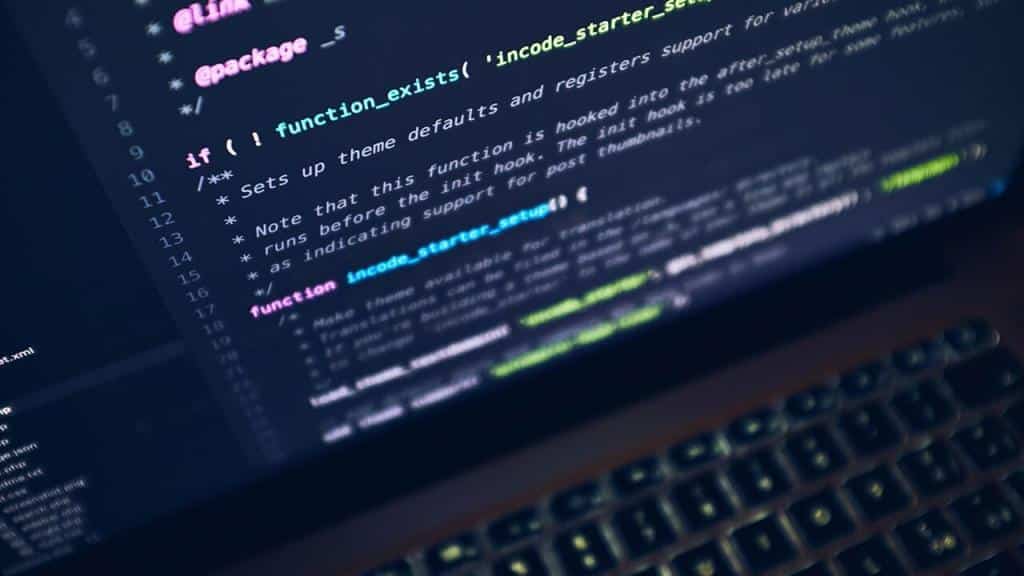Crime is considered as anti-social behavior and it is derived from the Latin word “crimen” which means offense or wrong-doing. It is an offense that violates the law of the state and is disapproved of by society (Thotakura, 2011). Crime is the deliberate performance of an act that is typically regarded as socially damaging or dangerous and is clearly defined, banned, and punished. Technology, on the other hand, has been defined as the application of scientific knowledge to the practical goals of human existence, or, as it is sometimes called, the manipulation and alteration of the human environment.
Continuous and new discoveries in the field of Information and Communications Technology(ICT) have not only been of great benefit to the society at large, but it has also led to growth in crime rate. As people increasingly use technology to perform more of their work activities, crime has become much more prevalent. Nuth (2008) in an article published by the Norwegian Research Center for Computers and Law opined that technology has opened more opportunities for crime and has drawn people into committing crimes, leading to unprecedented growth in the crime rate. He further explained that on the other hand, it has aided criminal justice and crime fighters to control crime and gain efficiency in their fight against crime.
Ernesto Savona, a Professor of Criminology, in his book “Crime and Technology: New Frontiers for Regulation, Law Enforcement, and Research” also explained that “it’s a common daily practice for criminals either as individuals or organized groups to maximize technology to improve opportunities for crime and minimize the risk of being caught, detected or punished. Conversely, technology has helped law enforcement agencies with new means to reduce crime and apprehend criminals.”

Strom(2017) in an article published by the U.S. Department of Justice explained that “technology can produce various positive outcomes relative to improvements in policing practices and the establishment of trust and legitimacy with communities.” Koper et al.’s (2015), research suggests that technological improvements have increased police capabilities, but it is not certain that they have enabled law enforcement to do their jobs more effectively.
Hence, it’s safe to conclude that law enforcement officials and people in the judicial system are increasingly embracing technology to combat crime as more complex crimes are committed with technology. As technology empowers both criminals and police, these new technologies introduce new hazards for both criminals and law enforcement. Criminals’ use of technology poses problems and hazards to law enforcement, and vice versa.






